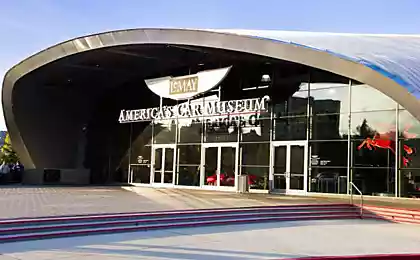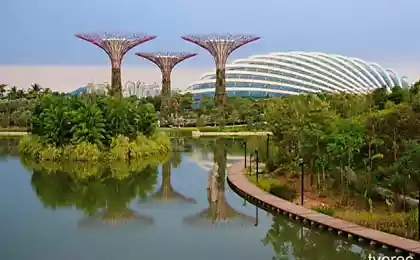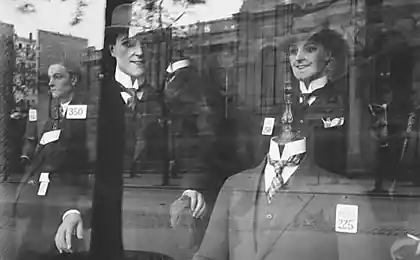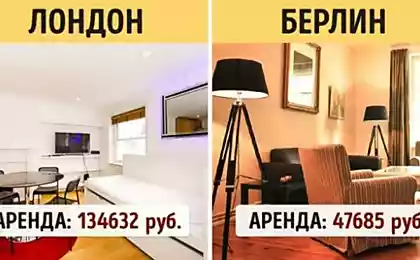180
Transport of the Revolution Manil
Multimillion-dollar Manila is choking in the grip of transport problems. Every morning, millions of commuters battle for seats on buses and trains, with the city's population swelling from 12 million to 15 million. Traffic jams on the streets reduce the speed of transport to pedestrian, a 30-minute road during rush hour takes more than 3 hours.
But things will change. The National Electric Vehicle Association plans to bring 1 million electric vehicles to the streets by 2020. With the support of government and private business, the city could soon become a regional hub for electric public transport.
In 2012, the economy of the Philippine capital lost about 2.4 billion pesos per day ($55 million) due to transport problems. If nothing changes, the International Corporation Agency estimates that in 2030, daily losses will reach 6 billion pesos.
It's not just money and time that's lost. Many cars, buses, tuk-tuks and local Jeepney minibuses spew millions of tons of toxic smog into the urban atmosphere. In 2012, greenhouse gas emissions were 4.7 million tons.
Fortunately, the era of dominance of gasoline and diesel jeepneys in Manila’s streets is coming to an end. Shuttles, which are a modified version of American jeeps during the Second World War, are replaced by electric cars.
The e-jeepny was developed by the Institute for Climate and Sustainable Cities (ICSC) and launched in 2007. Like regular minibuses, e-jeepneys are assembled by small local firms. Solar charging stations are used to charge electric taxis.
There are 30 electric minibuses in Manila, several more carry passengers outside it. “This is very small compared to the amount needed,” said Red Constantino, executive director of ICSC. According to the director, 10,000 e-jeepneys are needed to revolutionize urban transport.
However, simply equipping the capital with the necessary number of electric vehicles is not enough. Electric transport should replace and oust gasoline "brothers" from the streets.
Electric taxi drivers in Manila are salaried workers, while the current "street kings" are provided to taxi drivers on rental terms. According to Constantino, employees are more disciplined, as they receive wages and can be fired for violating traffic rules that are not observed by ordinary “jeepners”.
The electric jeepney scheme is being tested in Tacloban, a city devastated by Typhoon Haiyan last year. “We are implementing sustainable transport facilities in Tacloban because the typhoon destroyed most of the public transport,” says Constantino. It’s a place where we feel that we can not just introduce a new idea, but to target the city with new ambitions, reboots and choose a new path.
according to The Guardian
Source: facepla.net























